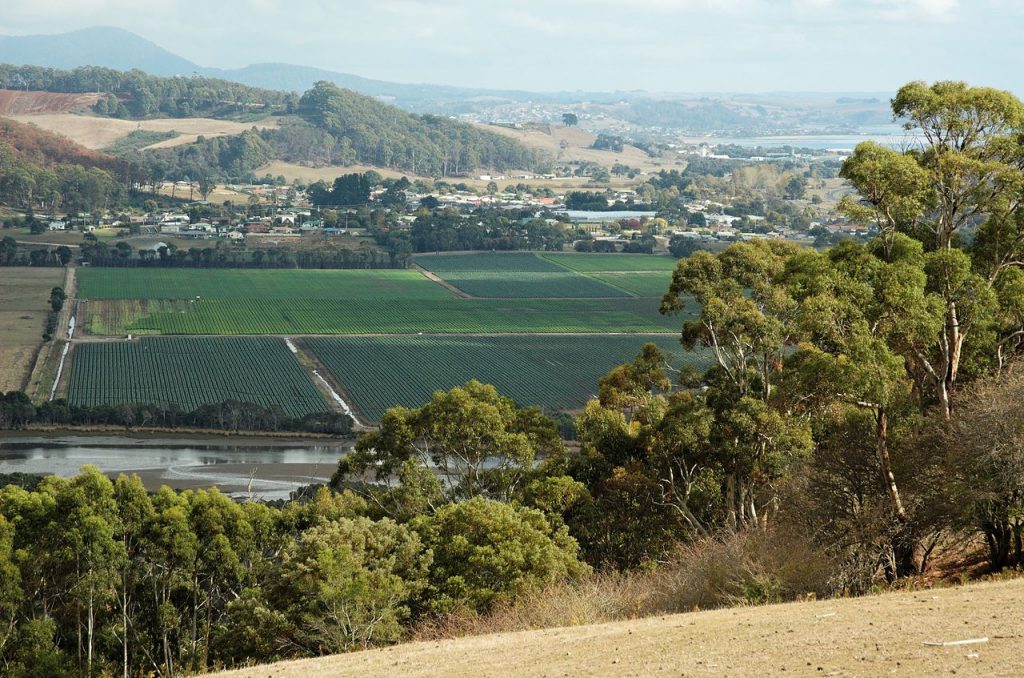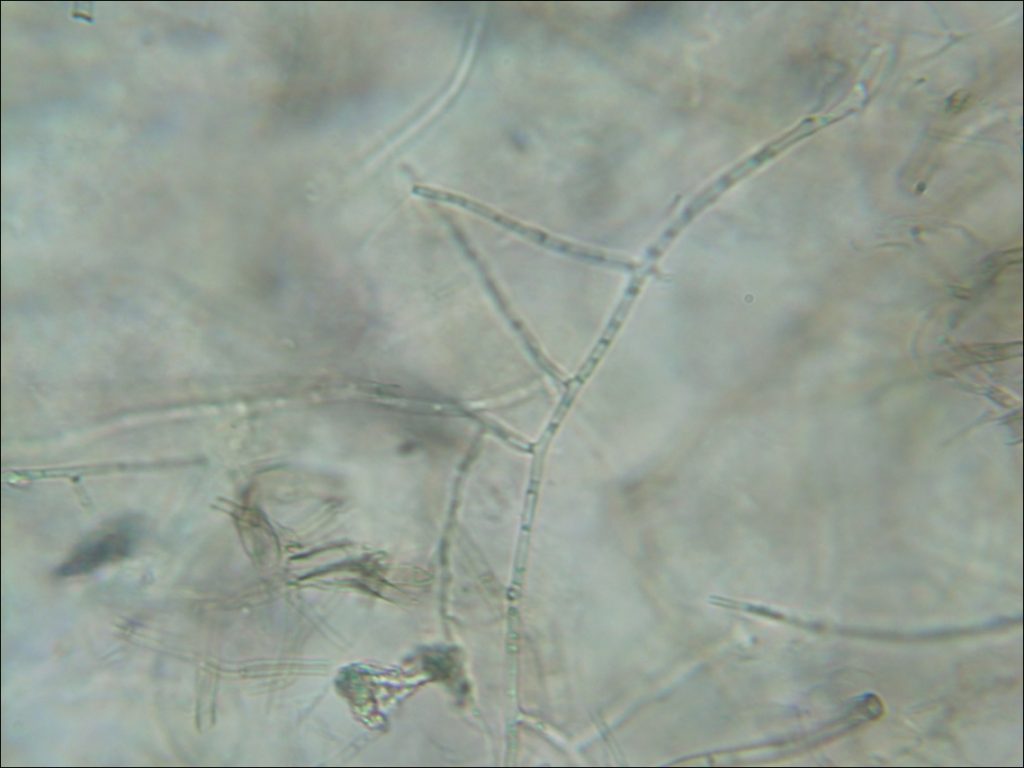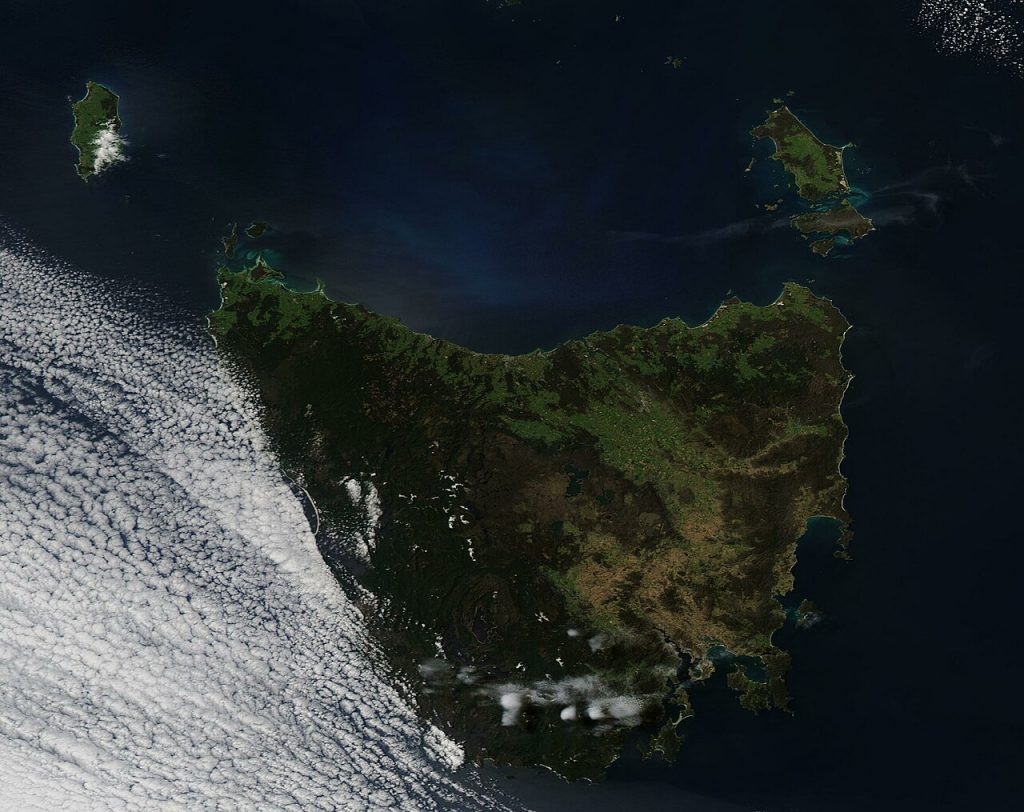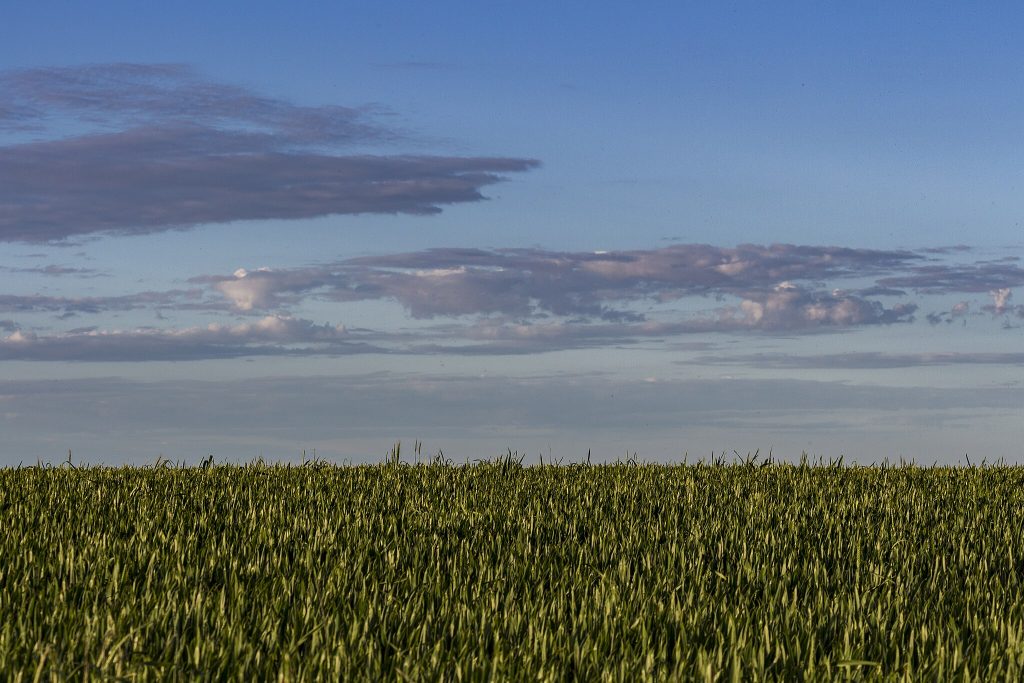
Tasmania, with its unique climatic conditions and varied soil types, presents distinct challenges and opportunities when it comes to wheat production. Compared to mainland Australia, where wheat is grown in larger, drier regions like Western Australia or Queensland, Tasmania offers a more temperate climate with consistent rainfall, which influences fertilization practices and soil health management. This article explores the fertilization strategies and soil health practices used in Tasmania for wheat production, highlighting the differences from other states in Australia.
Soil Types in Tasmania and Their Influence on Fertilization for Wheat Production
1. Soil Types and Composition
Tasmania’s soils are predominantly derived from volcanic, sandy, and clay-based compositions, with varying levels of fertility across different regions. The soils in Tasmania are often richer in organic matter than those in drier states like Queensland or Western Australia, which typically have more sandy or alkaline soils. This gives Tasmania a slight advantage in terms of nutrient availability for wheat crops.
The majority of Tasmania’s wheat production occurs in regions like the Midlands, which have a mix of loamy and clayey soils. These soils generally retain moisture well, reducing the need for frequent irrigation. Unlike the more acidic and clay-heavy soils in Victoria, Tasmania’s soils tend to be neutral to slightly acidic, making them more favorable for phosphorus availability, but care must still be taken to manage soil pH levels. In comparison, Queensland’s more acidic soils may require additional lime applications to balance pH levels for optimal wheat growth.
2. Soil Fertility
Tasmania’s relatively fertile soils require careful nutrient management, especially for key macro and micronutrients like nitrogen, phosphorus, and potassium. Unlike regions like Western Australia, which faces a greater reliance on synthetic fertilizers due to lower rainfall and more arid conditions, Tasmania’s more consistent rainfall and milder climate help maintain nutrient availability. However, over-fertilization, particularly with nitrogen, can lead to environmental issues such as runoff and nitrogen leaching into nearby water systems, which is more pronounced in wetter climates like Tasmania’s.
Fertilization Practices for Wheat in Tasmania
1. Nitrogen Fertilization
Nitrogen is a crucial nutrient for wheat, and Tasmania’s moist conditions allow for relatively efficient nitrogen uptake, unlike the drier conditions of South Australia, where water stress can limit nutrient absorption. However, farmers in Tasmania need to monitor nitrogen levels carefully to avoid the risk of leaching, especially during periods of heavy rainfall.
Farmers typically use a combination of ammonium nitrate and urea for nitrogen fertilization. Split applications are commonly used, with part of the nitrogen applied at sowing and the remainder applied as a topdressing during the growing season. Unlike Western Australia, where nitrogen may be applied more sparingly due to drier conditions and greater risk of volatilization, Tasmania’s relatively stable climate and regular rainfall provide better conditions for nitrogen to be absorbed by the wheat plants.
2. Phosphorus and Potassium Fertilization
Phosphorus is another key nutrient for wheat growth, and Tasmania’s soils, particularly in the Midlands, are generally more favorable for phosphorus availability compared to more acidic soils in Queensland or South Australia. However, some areas in Tasmania, especially those with sandy soils, can still experience phosphorus fixation, requiring the application of fertilizers like superphosphate or MAP (mono-ammonium phosphate). Unlike the alkaline soils of Western Australia, which tend to support more efficient phosphorus uptake, Tasmania’s soils may require more careful management to ensure the phosphorus is not bound by iron and aluminum oxides.
Potassium deficiencies are not as common in Tasmania’s soils compared to regions like South Australia, where potassium can be a limiting factor in some areas. However, farmers in Tasmania still monitor potassium levels, especially in more sandy and less fertile soils. Potassium fertilizers are applied based on soil tests to ensure that potassium is available for wheat growth, helping to avoid nutrient imbalances that could affect yield potential.
3. Micronutrient Fertilization
Tasmania’s soils are generally rich in micronutrients compared to other states with more arid conditions, such as Western Australia and Queensland, where micronutrient deficiencies can be more prevalent. However, certain micronutrients like zinc, copper, and boron can still be lacking in some areas, particularly in soils with low organic matter or in certain parts of the Midlands. Foliar applications of micronutrients can help ensure that wheat crops receive the necessary nutrients for healthy growth and grain development.
Soil Health Management Practices in Tasmania
1. Crop Rotation and Diversification
Tasmania’s relatively cool and moist climate offers the advantage of longer growing seasons, which allows for more varied crop rotations compared to regions like Queensland or South Australia, where the growing seasons are shorter or more prone to extreme conditions. In Tasmania, farmers rotate wheat with other crops like barley, oats, canola, and legumes. Legumes, in particular, are used in rotations to fix nitrogen in the soil, reducing the need for synthetic nitrogen fertilizers.
This practice contrasts with areas like Queensland, where the more monoculture-based approach to cropping can put greater pressure on the soil, depleting nutrients more rapidly. By rotating wheat with legumes or other crops, Tasmanian farmers can improve soil structure, reduce pest pressures, and maintain better soil health.
2. Soil Conservation and Erosion Control
While Tasmania generally experiences more rainfall than many other wheat-growing regions in Australia, the state is not immune to the risk of soil erosion, particularly in areas with sandy or clay-rich soils. In regions like the Midlands, where wheat production is concentrated, farmers practice conservation tillage and direct drilling methods to reduce soil erosion and preserve soil structure.
These practices are particularly important during heavy rainfall events when soil erosion can become more pronounced. In contrast to Western Australia, where no-till practices are more commonly used due to the drier climate, Tasmania’s farmers also implement strategies to preserve soil organic matter and prevent erosion while maintaining good seedbed conditions for wheat.
3. Soil Compaction and Drainage
Soil compaction can also be a concern in Tasmania, particularly in areas with clay-heavy soils like those in the Midlands. However, compared to more arid regions like South Australia and Western Australia, Tasmania’s consistent rainfall provides better conditions for maintaining soil structure and preventing compaction. Farmers in Tasmania use practices such as subsoiling and deep ripping to alleviate compaction and improve root penetration.
Drainage is also an important consideration in Tasmania, as heavy rainfall can lead to waterlogging in poorly-drained soils. In contrast to Queensland, where irrigation practices are more common due to drier conditions, Tasmania’s naturally high rainfall often leads to the need for adequate drainage systems to prevent waterlogging and ensure optimal growing conditions for wheat.
Conclusion
Fertilization and soil health management in Tasmania’s wheat production are shaped by the state’s unique soils, climate, and rainfall patterns. Compared to other wheat-growing regions in Australia, Tasmania’s soils tend to be more fertile and less prone to nutrient leaching, but farmers must still manage nitrogen, phosphorus, and potassium carefully to optimize wheat growth. Crop rotation, conservation tillage, and soil compaction management are essential for maintaining soil health and achieving sustainable yields.
The temperate climate and moderate rainfall in Tasmania provide advantages in terms of soil fertility and nutrient retention, setting the region apart from drier and more arid states like Western Australia and Queensland. By understanding the distinctive characteristics of Tasmania’s soils and climate, farmers can develop effective fertilization strategies and soil management practices that ensure the long-term success of wheat production in the state.



